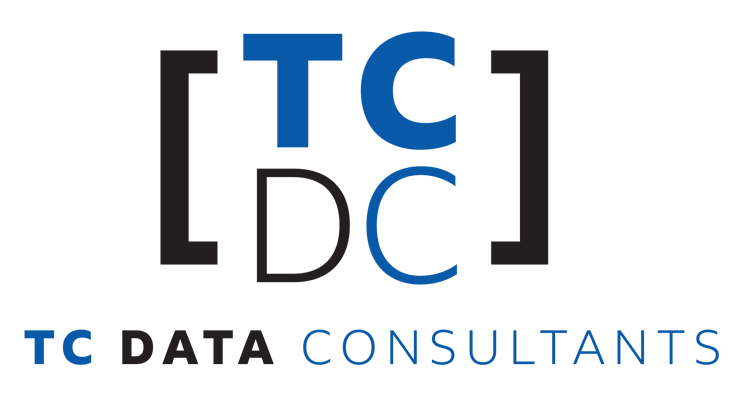In today’s fast-paced business environment, small businesses need quick and accurate insights to stay competitive. But with so much data available, it can be overwhelming to track performance, identify trends, and make informed decisions. That’s where dashboards come in.
A well-designed dashboard can transform raw data into meaningful insights, helping small businesses streamline operations, improve efficiency, and drive growth. In this post, we’ll explore how dashboards can benefit small businesses and why you should consider using them in your operations.
What is a Dashboard?
A dashboard is a visual tool that compiles key business data into an easy-to-understand format. It provides a real-time overview of essential metrics such as sales performance, cash flow, customer trends, and operational efficiency. Dashboards can be created in Excel, Google Sheets, or specialized business intelligence tools like Power BI, Tableau, or Google Data Studio.
Why Small Businesses Need Dashboards
1. Quickly Identify Business Trends
Instead of manually going through spreadsheets or reports, dashboards present data in clear visualizations like charts and graphs. This makes it easier to spot trends, such as increasing sales in a particular region or a drop in customer retention.
2. Save Time and Improve Efficiency
Manually compiling reports can be time-consuming. Dashboards automate this process by pulling in real-time data from different sources, allowing business owners to focus on decision-making rather than data collection.
3. Make Data-Driven Decisions
With a dashboard, you can make informed decisions based on real numbers rather than guesswork. Whether it’s adjusting marketing strategies, optimizing inventory, or setting sales targets, having accurate data at your fingertips leads to better outcomes.
4. Monitor Business Performance at a Glance
Dashboards provide an instant snapshot of how your business is performing. Instead of sifting through multiple reports, you can check key performance indicators (KPIs) in one place—helping you stay on top of your business without getting lost in details.
5. Customize Data for Your Business Needs
Every business is different, and dashboards can be tailored to display the most relevant data for you. Whether you need to track cash flow, monitor employee productivity, or analyze customer satisfaction, a dashboard can be designed to focus on what matters most to your business.
How to Get Started with Dashboards
- Identify Key Metrics: Determine what information is most important for your business. Common metrics include revenue, expenses, profit margins, customer acquisition rates, and product performance.
- Choose a Dashboard Tool: Excel and Google Sheets are great for simple dashboards, while Power BI and Tableau offer more advanced features.
- Automate Data Updates: Link your dashboard to real-time data sources where possible to reduce manual entry.
- Keep It Simple: A good dashboard should be easy to read. Focus on key numbers and avoid clutter.
- Review and Adjust Regularly: Business needs change, so update your dashboard as necessary to reflect your current goals.
Conclusion
Dashboards are a powerful tool that can help small businesses track performance, make better decisions, and save time. By visualizing your most important data in one place, you can focus on growing your business with confidence.
If you’re not using dashboards yet, now is the perfect time to start! Even a simple Excel-based dashboard can give you a clearer picture of your business and help you make smarter, data-driven decisions.

Leave a Reply